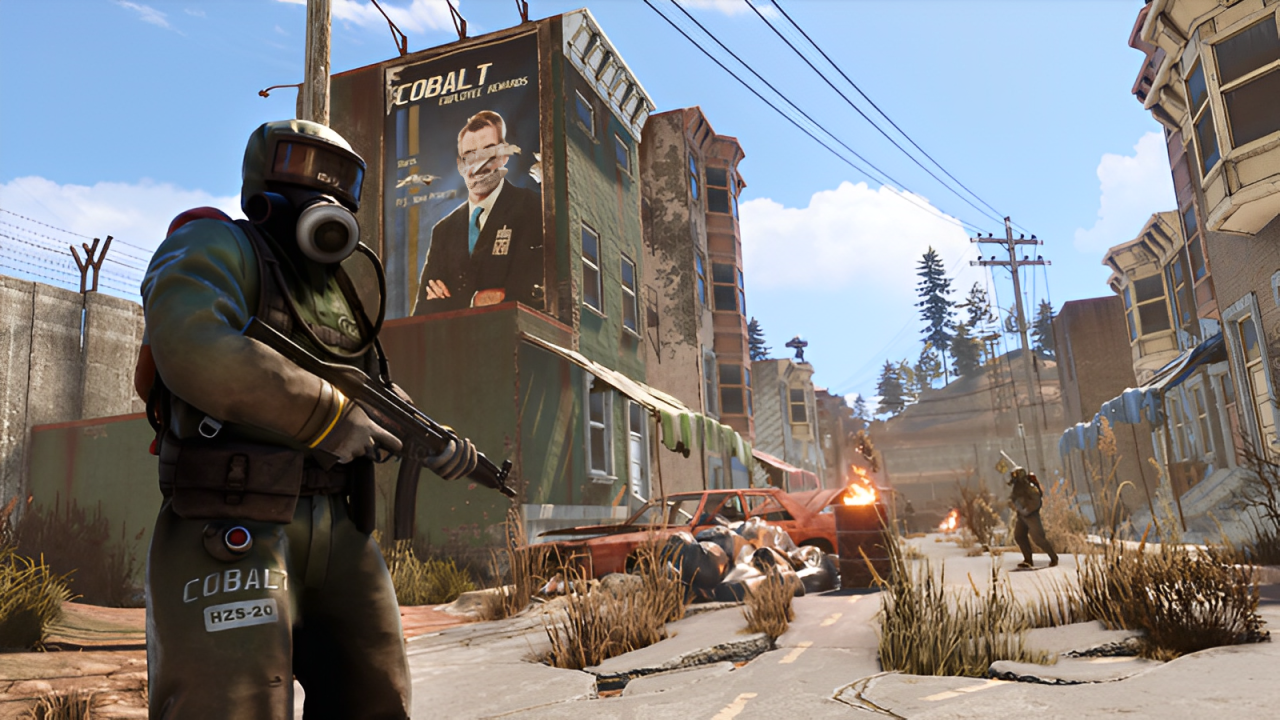Rust, the popular multiplayer survival game, is known for its stunning graphics and immersive gameplay. However, for players with low-end PCs, achieving smooth performance can be a challenge. Fortunately, by tweaking some settings, you can optimize Rust to run efficiently on your system without sacrificing too much visual quality. In this guide, we’ll explore the best settings to help you get the most out of Rust on a low-end PC.
Graphics Settings

- Resolution: Start by lowering your resolution. While playing at a lower resolution may not look as sharp, it significantly reduces the strain on your hardware and can improve performance.
- Graphics Quality: Set the graphics quality to the lowest possible setting. This will reduce the overall complexity of the game’s visuals, making it easier for your PC to render.
- Texture Quality: Lowering the texture quality can provide a noticeable performance boost without drastically affecting the game’s appearance.
- Shadow Quality: Shadows can be particularly demanding on your system. Consider disabling shadows altogether or setting them to the lowest quality to improve performance.
- View Distance: Reduce the view distance to the minimum acceptable level. This limits the amount of terrain and objects rendered in the distance, reducing strain on your PC’s resources.
Performance Settings
- Max Gibs: Gibs are the small debris generated from various in-game actions. Limiting the maximum number of gibs can help improve performance, especially during combat situations.
- Object Quality: Lowering object quality reduces the complexity of in-game objects, such as rocks, trees, and buildings, which can improve performance on low-end PCs.
- Grass Quality: Grass can have a significant impact on performance, especially in densely vegetated areas. Consider reducing grass quality or disabling it entirely to improve FPS.
- Anti-Aliasing: While anti-aliasing improves visual quality by smoothing jagged edges, it can be taxing on your hardware. Disable or set anti-aliasing to the lowest setting for better performance.
- Motion Blur: Motion blur adds a cinematic effect to the game but can decrease performance. Turn off motion blur to improve FPS, especially during fast-paced gameplay.
Additional Tips
- Update Drivers: Make sure your graphics drivers are up to date. Newer drivers often include performance optimizations that can improve your gaming experience.
- Close Background Applications: Close any unnecessary background applications to free up system resources for Rust.
- Overclocking: If you’re comfortable with it, overclocking your CPU or GPU can provide a performance boost. However, be cautious and ensure proper cooling to prevent overheating.
- Game Booster Software: Consider using game booster software to optimize your system specifically for gaming. These tools can help prioritize resources for Rust, improving performance.
Keep in Mind Rust’s Requirements
Although you can use one of the best Rust console settings to have high efficiency, in some cases this is not enough. The game has a high graphical demand so you must be realistic in case your PC does not meet its requirements.
As a Minimum, You Must Meet the Following Requirements:
- 64-bit processor
- Operating system: Windows 8.1 64bit
- Processor: Intel Core i7-3770 / AMD FX-9590 or better
- Memory: 10 GB RAM
- Graphics card: GTX 670 2GB / AMD R9 280 better
- DirectX: Version 11
- Storage: 20 GB available space
Read More: The Best Ways to Get Cases in CS2 – Prize After Prize!
Conclusion
Optimizing Rust for low-end PCs requires finding the right balance between performance and visual quality. By adjusting graphics and performance settings, updating drivers, and optimizing your system, you can enjoy a smoother gaming experience without breaking the bank on hardware upgrades. Experiment with different settings to find what works best for your setup, and get ready to survive and thrive in the world of Rust, even on a low-end PC.




Leave a Comment